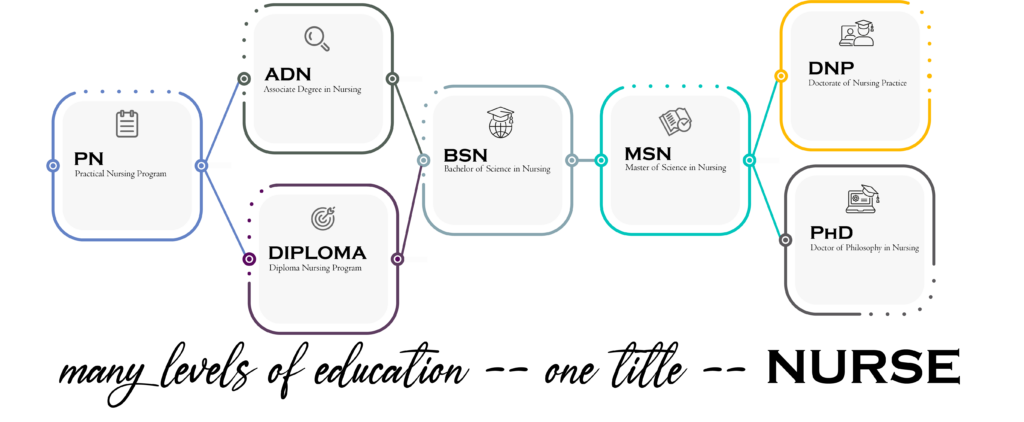
When a person moves to a new department or location within their company, this is called a lateral move. The employee as well as the company may benefit. It may not offer the same responsibility or compensation as the previous job but can still be a great opportunity for growth and development.
A promotion on the other is an increase in pay or responsibilities. It is usually the result of an employee's performance being evaluated positively or the employer realizing that they have potential to advance within the company.
Both terms are interchangeable in the business world, but they have important differences. One difference is that in business, a "lateral move" usually refers to a position that requires the exact same skills and knowledge as an employee's prior role but with increased responsibility.

There's usually a lower salary than in the employee's last job, and this can be viewed as a disadvantage by some employers.
Lateral moves often require a lot of planning and negotiation on behalf of the employee and their supervisor. The process can take many months or years. Discuss the move with your manager in advance.
In some instances, a lateral shift can be a solution to a poor work environment or conflict. For example, if an employee's manager has grown to dislike them or a company culture is toxic, it may be time for the employee to move. If the employee is unhappy with their current job, they can move to a new department. This will give them new opportunities and responsibilities.
In addition to boosting your career, it can also improve your personal life. You may make lifelong friends and meet new people at the new employer. The more social connections you have, the better for your mental wellbeing. It will also improve how well you do at work.

A lateral move also exposes you to a different culture or way of doing things. This can help you gain a different perspective of the business world. It can also help you discover your personal interests.
You can use it to escape a job rut or to shake up your routine if you are tired of the one you have. A new careerist who wants to gain more experience can make the move.
A lateral shift can be beneficial for both the employee and the company. A company may be reluctant to allow an experienced, highly-skilled employee to leave their department out of fear that they will lose their talent or leadership abilities.